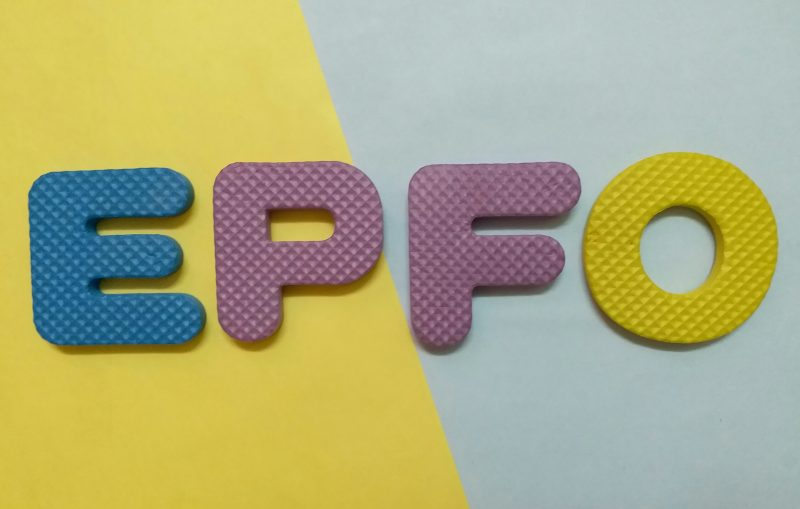The Ministry of Labour and Employment has recently proposed a reduction in the employee’s contribution towards their Employee’s Provident Fund (EPF). This move will not only increase the take-home salary for the employees but will give various other benefits to them.
Here are some of the aspects of the proposal made and what will be an individual’s takeaways:
1. Enhanced scope of investments:
Investing your money prudently is the only way to attain financial freedom and build a corpus towards various life goals. However, most of the people fail to save and invest their money, and the reason behind it is lack of cash-in-hand. The proposal, to lower the employee’s contribution, aims at removing the roadblock and giving an opportunity to invest in the available financial instruments to accumulate wealth.
Currently, the employer and employees contribute 12% each (total contribution 24%) towards EPF. If an individual is working in an organisation with a workforce of more than 20 people and draws a salary of at least Rs 15,000, Rs 1,800 is deposited towards his EPF every month. His employer also contributes an equal amount. So, every month Rs 3,600 goes towards his EPF cumulatively.
Suppose the contribution is reduced to half i.e. 6% after the proposal, the contribution towards the EPF will come down to Rs 900. The individual can invest the extra Rs 900 via Systematic Investment Planning (SIP) in an equity mutual fund. This investment with an average return, let’s say, of 12% and tenure of 30 years will help you build a corpus of more than Rs 31 lakh.
2. Emergency expenses:
Any situation can turn out to be an emergency and ask for some unexpected expenses. Most people fail to build an emergency corpus for such emergencies and end up banking on existing savings. The reason behind this is lower cash availability.
Also Read: EPFO to launch e-inspection system along with a 3-day settlement process
However, if the take-home is increased after the proposal, there will be ready cash available for such emergencies. Any individual can use this ready cash and not break his savings as and when unwanted expenses crop up.
3. Retirement corpus to reduce:
EPF is one of the major investment options to build a retirement corpus. The money contributed by an individual in his EPF account earns a yearly interest at the rate decided by the government. Currently, the interest rate is 8.65%. When the amount contributed is more, the maturity amount will be automatically higher.
Whereas, if the contribution is cropped down, the amount invested would come down, thereby decreasing your retirement corpus.
For instance, if an individual is 30 years old now and wishes to retire by 58, equal contribution of Rs 1,800 by him and his employer, considering the salary to be Rs 15,000 per month, would build him a corpus of over Rs 47 lakh at the current rate of EPF interest. However, if the employee’s contribution comes down to 6%, the final maturity amount would be approximately Rs 33 lakh. He will be at a loss of approximately Rs 14 lakh.
With the inflation rising every year in the economy, the rale value of the retirement corpus will come down further.
To summarise, an individual will have to utilise the benefits of this proposal prudently. The extra cash in hand can be invested in financial instruments such as mutual funds, which will, in turn, help the individuals accumulate wealth for their future. Also, it’s better not to keep the extra available cash idle, post the proposal, and invest in instruments which can beat inflation to secure the post-retirement years.
I am an aspiring Chartered Accountant. I spend most of my free time dredging through the various Indian finance subreddits. I am a semi-professional bowler with a high strike rate every time there is a new tax reform!





